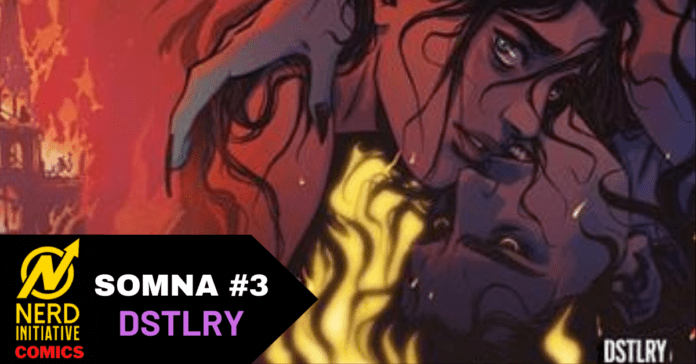Share this
Issue number three of Somna brings the erotic horror tale from Becky Cloonan and Tula Lotay to a breathtaking, tragic conclusion. Roland struggles with his feelings of Ingrid’s possible witchcraft, while Ingrid continues living a walking nightmare and her world falls apart around her. With overwhelming odds against her, can Ingrid avoid a sentence of being burned at the stake?
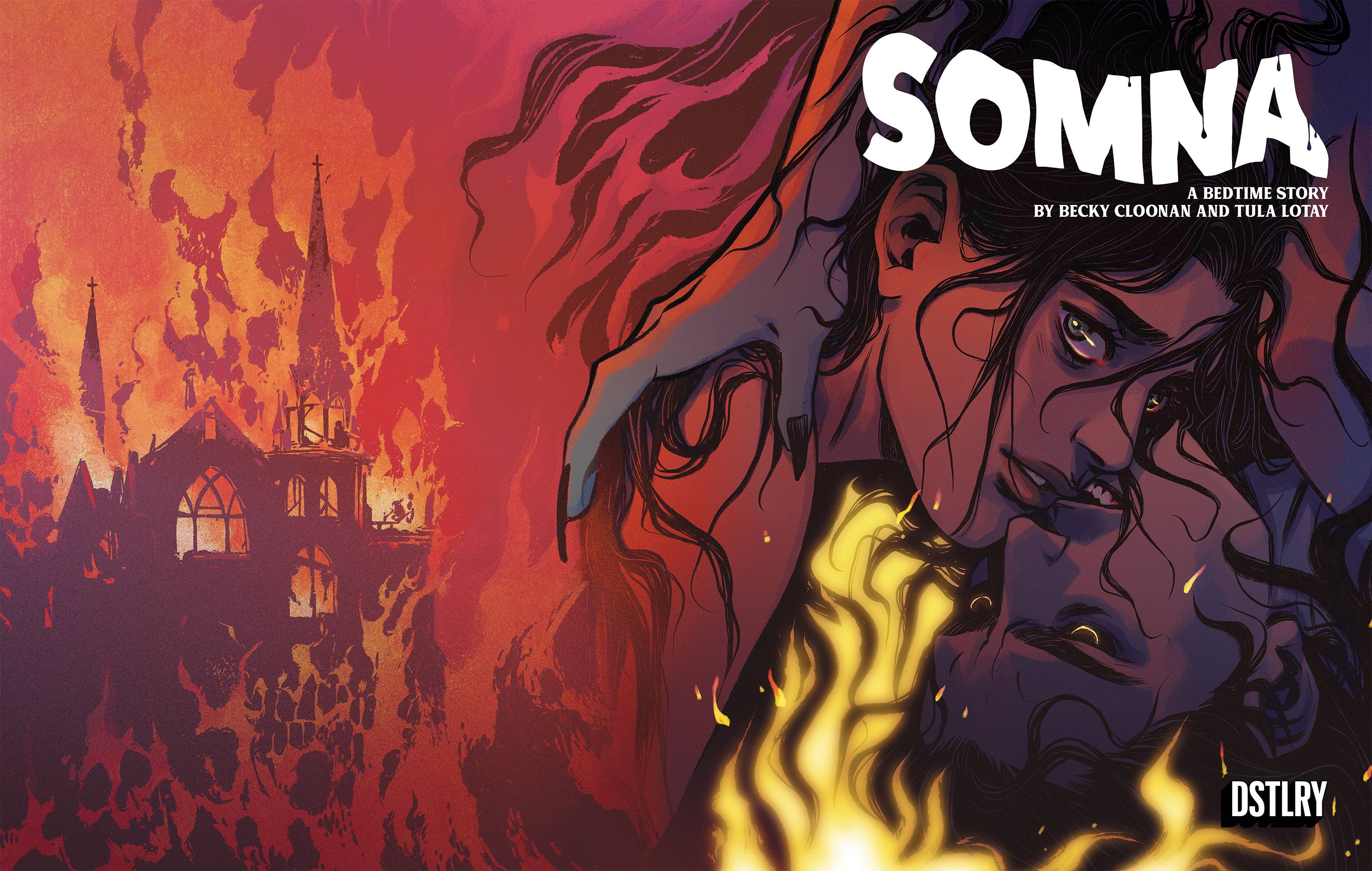
- Written by Becky Cloonan & Tula Lotay
- Illustrated by Becky Cloonan & Tula Lotay
- Colors by Lee Loughridge, Dee Cunniffe, and Tula Lotay
- Letters by Lucas Gattoni
- Edited by Will Dennis
- Designed by Erika Schnatz
The Somna Road So Far
To this point, Ingrid has been dealing with a lot. She’s a woman in 1600’s England that has very few rights and is considered a ward, or even property to her husband. If that wasn’t bad enough, she finds herself dealing with bouts of insomnia that have caused her to have this waking dreams and nightmares. In those dreams a dark figure comes to her, indulging in her desires and basic instincts, preying upon her repressed sexuality. This evolves into what can best be described as a sleep paralysis demon. When Ingrid finds herself wrapped up in town sex scandal and murders begin to occur, it’s a recipe for tragedy.
Read The Review For Issue One Here!
A Conclusion Not For The Feint At Heart
Issue three opens with Roland in a state of care and concern for his wife Ingrid. At the end of issue two he had walked in on her pleasuring herself in one of her walking dreams, in which she’s awake, but unable to control herself. It’s great to see Roland have such a gentle hand for Ingrid. Throughout the story he’s seemed so cold, rigid, and distant from his wife. In this issue we get to see his humanity, his empathy. He cares deeply for Ingrid and he feels it even more intensely. Due to the nature of society at this time, he’s been keeping it all bottled up. Now he knows the danger she’s in and it’s clear that he understands that she may die.
Next, it’s revealed who the true villain of this story has been. I don’t think it’s a surprise per se, but it does absolve any supernatural elements from the cause. To this point it’s been very possible that a real demon has been causing all of this chaos in the village. Now we get the very human face of it all and it’s a fantastic scene full of emotional dialogue and thrilling action.
It’s in this scene though that the demon as Ingrid sees it does have a physical effect on another person making it harder to decipher whether it was all a mental construct of Ingrids or, in fact, a real devil. This was a nice touch by Cloonan and Lotay to throw us off and keep the audience guessing.
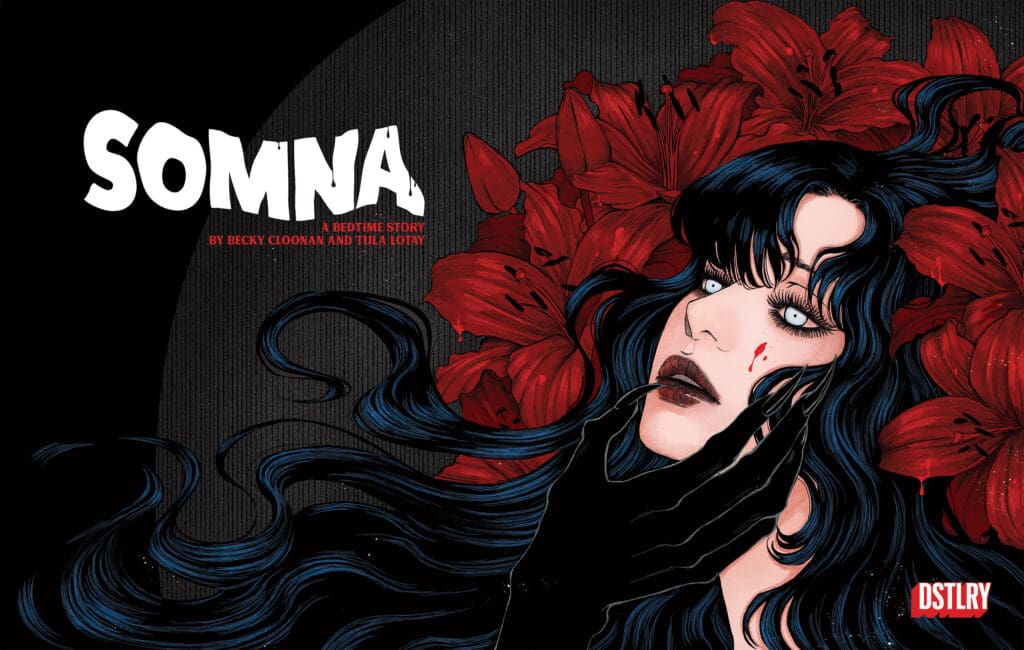
Faith, Integrity, and Love in Somna
Throughout the trial that Ingrid must endure, she continues to stand by her faith. Even if it is the “faith” that has condemned her. She has been betrayed by those she most trusted. Those that use the christian faith to remain in power and exert their influence upon others. Those who hide behind it and those who use it as a weapon. To have Ingrid stand strong and faithful throughout all of this is empowering. She never stops believing that she is doing the right thing and maintains her innocence when pressured by others to admit guilt and repent.
As the trial comes to close, and things look most dire, Ingrid’s love and trust of Roland makes her even stronger, seemingly in control of her dreams. Now that he shares his true love for her, he begins to be the lover in her waking dreams, not the shadowy demon.
As the final pages of Somna turn, it’s clear that there will be a harrowing and tragic end. I won’t spoil anything here, but I must admit that I walked away feeling uncertain, and not in a bad way. I found myself pondering all of the choices made, what was real and what wasn’t, and what it would feel like to deal with such a frightening dilemma. I like to think that was the point to be made by Cloonan and Lotay, but I may be over-thinking it.
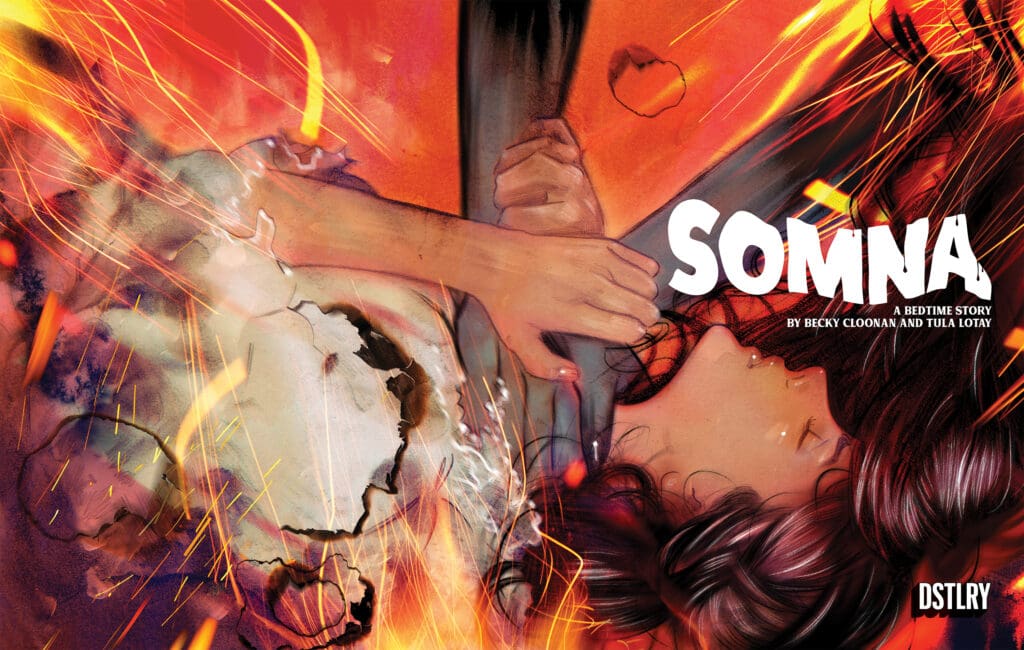
Artwork Like A Dream Come True
That artwork for this whole series has been nothing short of superb. Cloonan and Lotay’s styles contrast with each other between the “real” and “dream” worlds of Ingrid in way that felt so elemental and yet ethereal. A fantastic addition to issue three was a dream sequence but still in the style of Becky Cloonan. This strong juxtaposition to what we’ve been accustomed from Lotay’s dream sequences reveal something different about Ingrid, her relationship with Roland, and the horror of the “real” world. Instead of the wispy beauty that came with Lotay’s dream world, this felt visceral and animalistic.
The colors, without question, make the art of Somna move and drive the emotions felt by the characters and the reader. Lee Loughridge, Dee Cunniffe, and Tula Lotay continue to dominate this area of expertise in comic book artwork. Color palettes are curated with care and intention. The simplicity and harshness of earthy tones in the real world drive home a feeling of cold monotony, yet it still looks beautiful and begs to be explored. The soft, bright, cool tones of the dream world give off a warm glow, enticing you to step into the panel. As I read I feel as though I could touch it, feel it. It’s inviting but in a dangerous way.
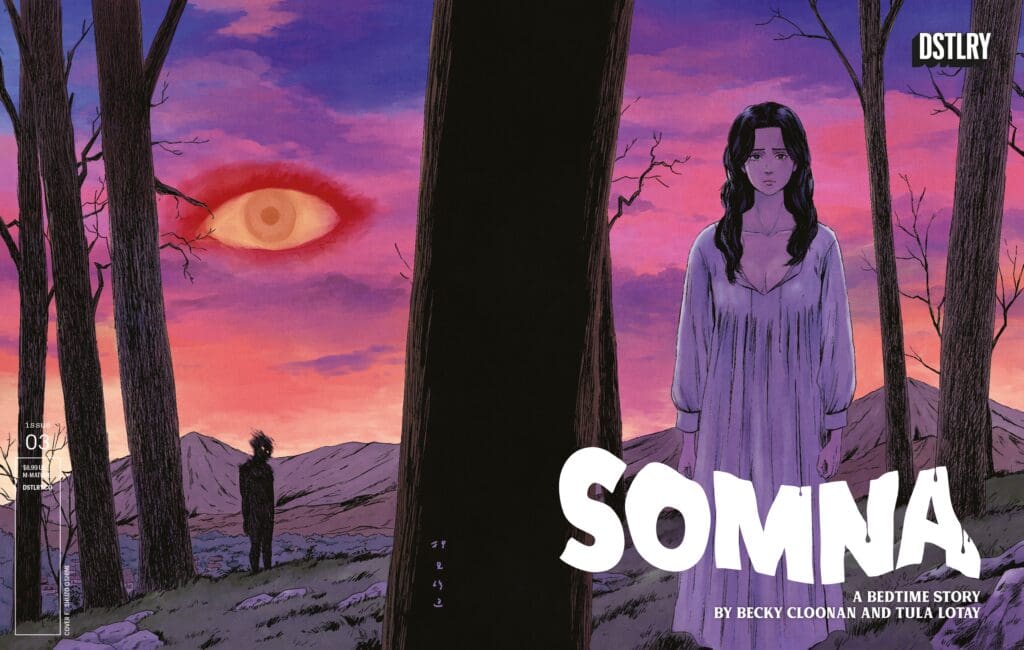
Everything Points to 9/10
Let’s break it down in simplest terms: Somna is a thriller with a horror element that uses erotic themes to express the best and worst of humanity. A great book to read for fans of the era of witch trials. It’s a fantastic commentary on the way people used religion to repress women socially, sexually, and use them as tools for their own selfish means. It’s entertaining and continues to keep me guessing and thinking. There’s absolutely nothing boring or mundane about this book, nor this mini series as a whole. It’s beautiful and contemplative. For me, the ending was a bit ambiguous, but I believe with more time to evaluate and discuss with others I’ll eventually come to a satisfactory conclusion on how I really feel about it.

